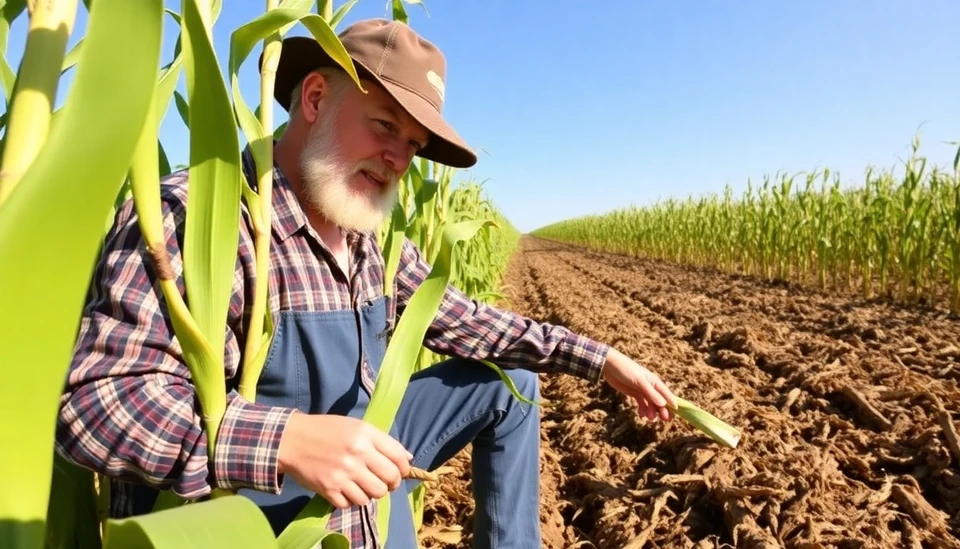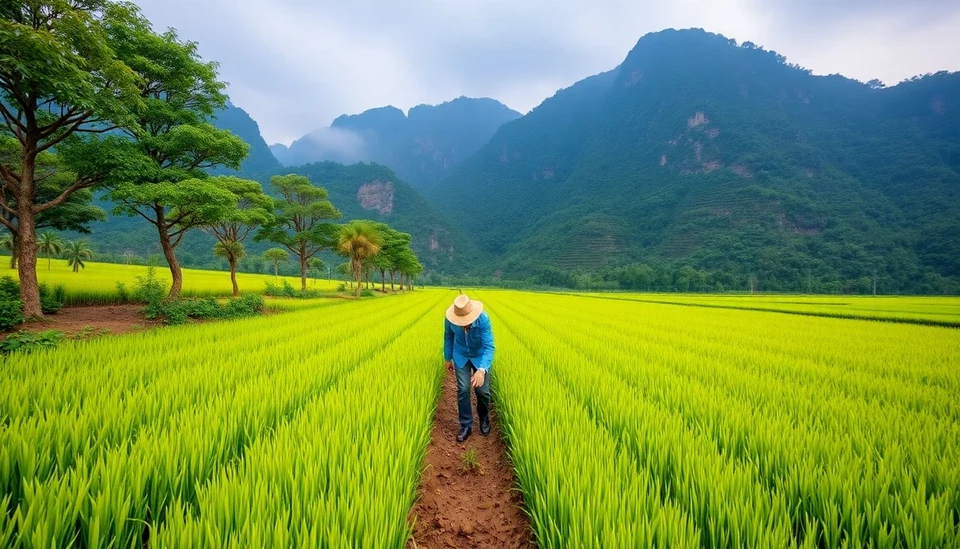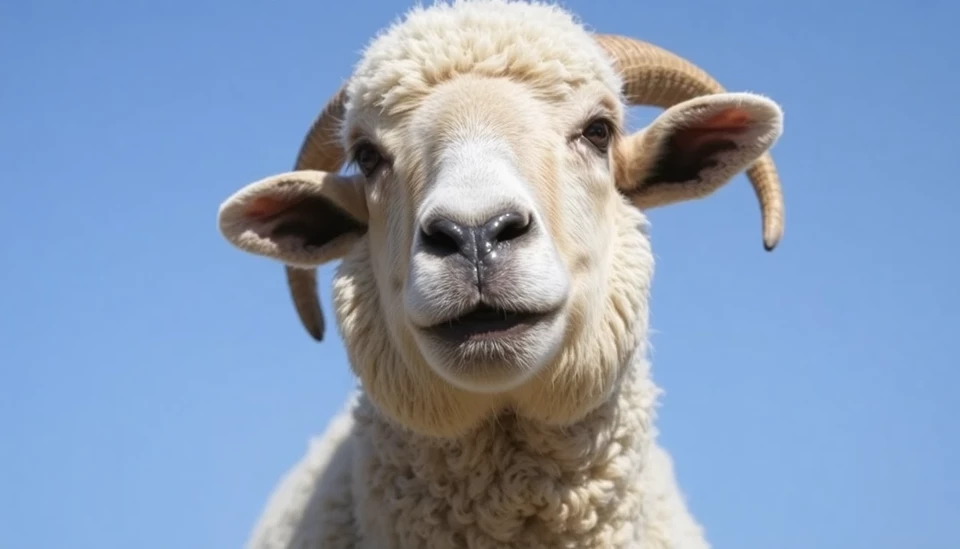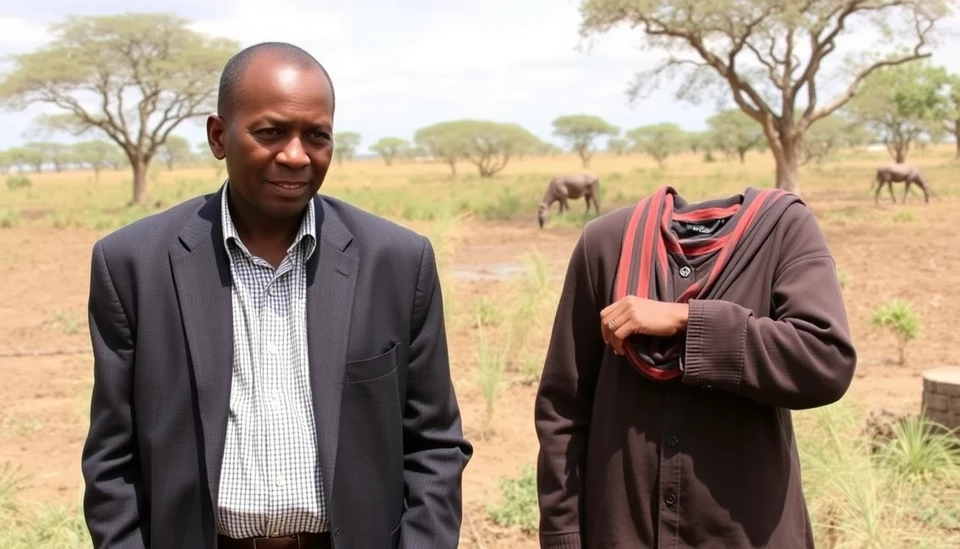
In a major agricultural shift, American farmers are poised to plant the highest corn acreage since 2020, indicating a robust response to domestic and global demands. The anticipated increase in corn planting is a strategic maneuver ahead of looming tariffs that may affect pricing and export dynamics, leading many producers to seize the opportunity now rather than delay.
The U.S. Department of Agriculture (USDA) reports a significant uptick in corn acreage, which is projected to reach approximately 94.5 million acres this spring. This marks the most extensive planting since pre-pandemic levels and is a direct reflection of favorable corn prices and market conditions. Farmers are looking to capitalize on earlier investments and favorable weather forecasts that hint at productive growing conditions for the season.
Despite the looming threat of tariffs that could disrupt trade relationships, especially in markets such as China, U.S. farmers remain optimistic. Chinese imports have historically been a cornerstone for U.S. agricultural exports, and while there are concerns about possible penalties that could affect trade, many farmers are prioritizing their immediate planting strategy.
Market analysts suggest that the decision to expand corn planting also aligns with the increasing global demand for corn-based products, from animal feed to biofuels. The expected growth in acres devoted to corn can help stabilize supply chains and ensure competitive pricing on the global market as other regions scale back their agricultural outputs due to varying economic challenges.
The weather also plays a critical role this season. Reports indicate that states such as Iowa and Illinois, which are major corn-producing areas, are experiencing favorable early season conditions. This is crucial as timely planting can lead to higher yields if the weather continues to cooperate throughout the growing season.
Farmers are also taking into account their rotation practices. The shift towards corn is often paralleled with soybean planting, but this year, the inclination is more toward corn as a response to better profit margins. Soybean prices have seen a decrease compared to their corn counterparts, making the latter more attractive for this planting season.
Looking ahead, U.S. farmers face a delicate balancing act as they navigate the uncertainties of both trade policies and weather patterns. The agricultural community is hopeful that their forward-thinking approach this planting season will yield not only high-quality crops but also sustained profitability in the face of potential challenges on the horizon.
As the planting season gets underway, industry experts and farmers alike will be watching closely to see how the interplay between domestic policies and international trade negotiations will influence agricultural practices and crop markets moving forward.
In conclusion, the upcoming surge in corn planting serves as a testament to American farmers’ resilience and adaptability amid fluctuating market dynamics. Their strategic decisions now could shape the agricultural landscape for years to come.
#Farmers #CornPlanting #Agriculture #USDA #Tariffs #FoodSupply #MarketTrends
Author: Rachel Greene




